Islamic shrines 🢔 Religious architecture 🢔 Architectural wonders 🢔 Categories of wonders
Wonder
Agadez Mosque
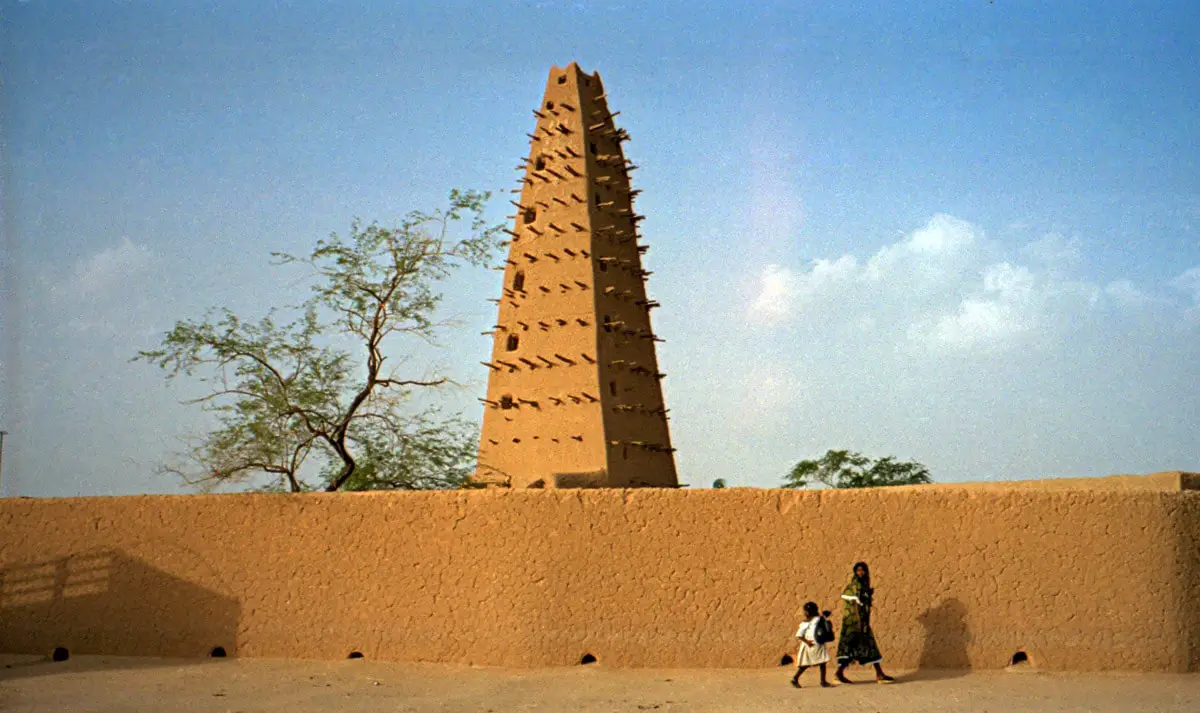
 In short
In short
Like a lighthouse above the desert rises the tallest adobe structure in the world – minaret of Agadez Mosque. This 27 m tall tower for centuries has served to watch out for enemies and invited caravans to Tuareg metropolis – Agadez.
 46.3%
46.3%
GPS coordinates
UNESCO World Heritage status
Architecture style
Age
Religion
Map of the site
If you see this after your page is loaded completely, leafletJS files are missing.
 In detail
In detail
Structure
Such building materials as wood, cement, construction stone are scarcely available in Sahara. There is not enough wood or other fuel to make proper bricks. Nevertheless, there is a solution to every problem: buildings in the desert cities of Sahara are made from local material – mud, straw, and pebbles. This mix is dried in the Sun, creating a fairly strong material – banco (a kind of adobe).
This specific construction material, construction methods, and maintenance works define the rounded, slightly crooked forms of buildings.
Adobe buildings need maintenance frequently – wind and occasional rainwear down the walls. Taller towers elsewhere would need the erection of scaffolding for each repair. But Tuaregs have solved this brilliantly. Tower itself contains scaffolding: wooden beams sticking out from the walls of the tower.
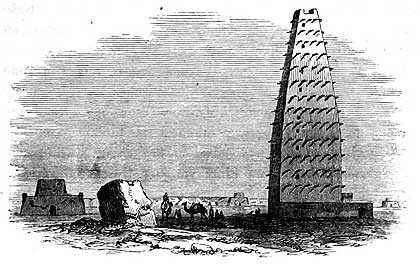
History
Agadez Mosque is a central shrine in the city. Agadez city started to develop in the 11th century AD and in the 14th century here was built residence of the Sultan of Agadez, leader of local Tuaregs. The city was an important trade center and also a center of learning.
Agadez Mosque was built in 1515 when the city was captured by the Songhai Empire. Tuaregs, reportedly, went to Timbuktu to learn construction techniques and only then built this magnificent building.
Mosque was restored and partly rebuilt in 1844. Now it is the dominating structure in this desert city and approaching caravans see it long before they see the city itself. The tall tower served as a watchtower – Agadez was a fortified city in the past and it could stand against the siege. The mosque is a symbol of Agadez and in a way – a symbol of the whole north of Niger.
Visitors, reportedly, are allowed to climb the minaret (but one should be lean and fit!). The view from the top of the minaret is astounding – the cityscape of Agadez is very unusual, as (almost) all buildings are made from local material and blend in with the ochre color of the ground.
 Linked articles
Linked articles
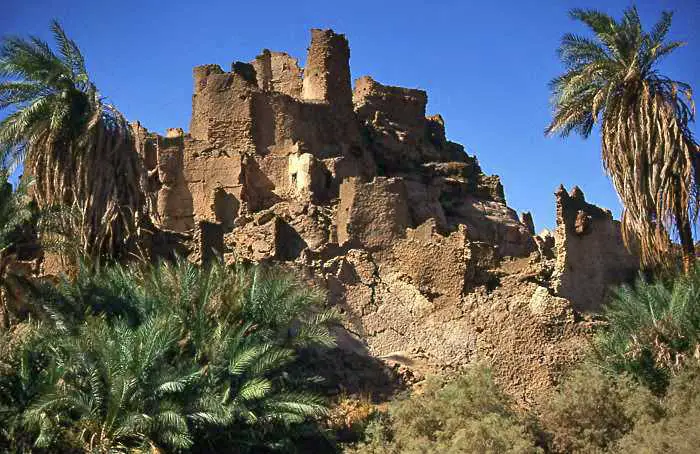
Wonders of Niger
For the most part Niger is covered with desert. While some parts of the country have a monotonous landscape, there are surprising landmarks. Highlights of Niger are historical desert cities and towns as well as the local adobe architecture.
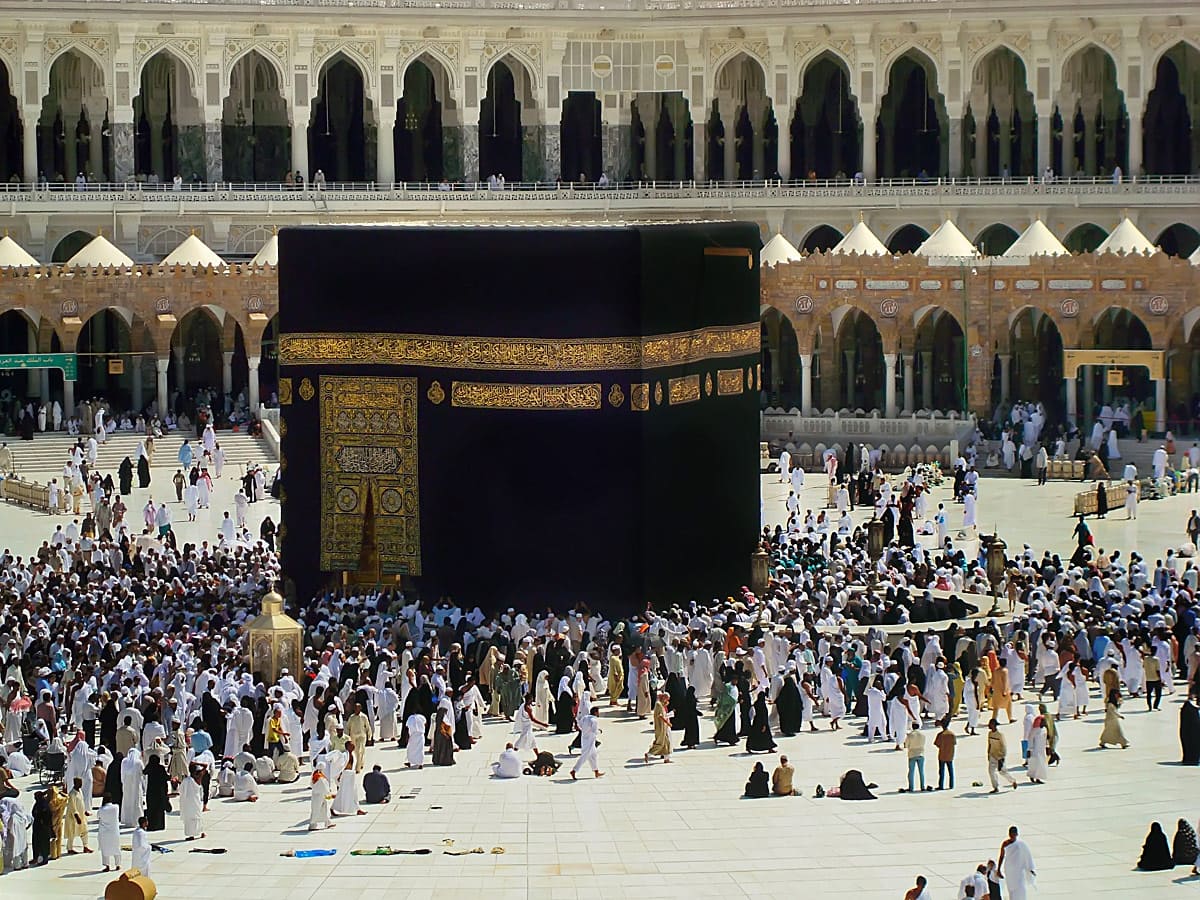
Islamic shrines
Place for worship in Islam is called a mosque. Mosques serve also for education, news exchange, and dispute settlement.
Initially, in the 7th century mosques were unpretentious, large halls for gatherings. Over time, as Islam was spreading, there developed diverse, locally adapted architectural forms of mosques.
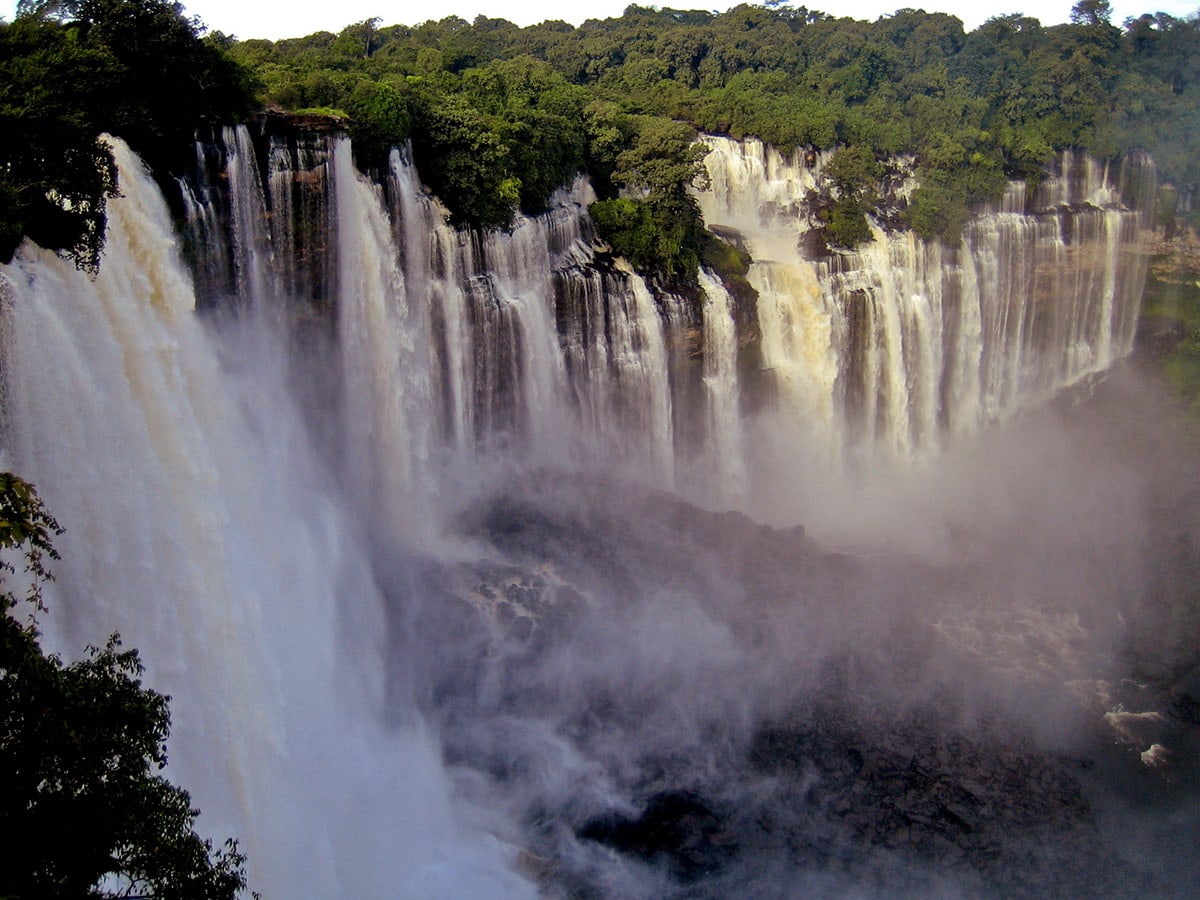
Wonders of Africa
Africa has many outstanding wonders and some of the most surprising ones are the heritage of Egyptian civilization, the vernacular architecture of the Sahel region, tropical ecosystems, and others.
 Recommended books
Recommended books
To Timbuktu
With the help of an intuitive African guide, the author and three friends set out to sail down the Niger River to Timbuktu, meeting with killer bees, hippopotami, crocodiles, blind bushmen, and a hundred naked women along the way.

